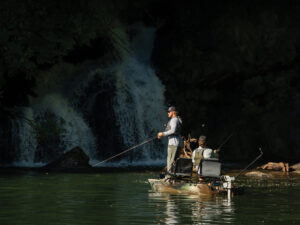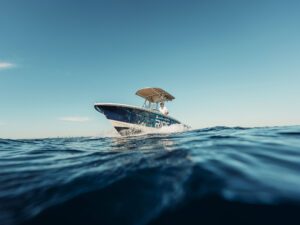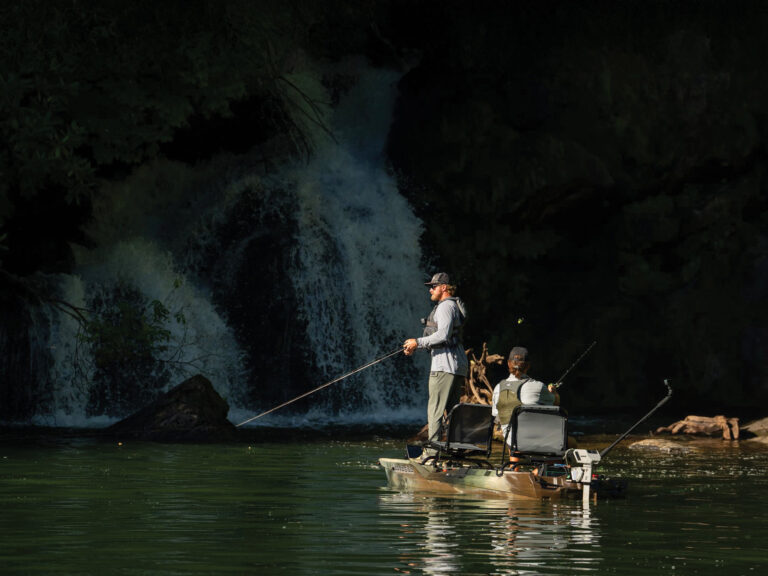When it comes to winterizing your marine propulsion system, details make the difference. A slight omission like failing to run stabilized fuel completely through the engine prior to long-term storage may haunt you in the spring when you find that the fuel injectors are clogged.
To learn some of the often-neglected details and new tips for engine winterization — some of which you may not find in all owner’s manuals — we talked with David Meeler, marine product information manager for Yamaha Marine.
1. Tricks to Mix Stabilizer and Fuel
How do you know the fuel stabilizer and fuel are thoroughly mixed? “After you add the conditioner, pour a half-gallon of gas into the tank to rinse the stabilizer from the fill hose,” Meeler advises. “Also, rock the boat to make sure it mixes thoroughly.”
2. Run 15 Minutes on Stabilized Fuel
“Run the engine at least 15 minutes with stabilizer in the tank to circulate the fuel completely throughout the system,” Meeler suggests.
3. Replace the Water-Separating Fuel Filter
Water in the fuel collects in the bottom of the filter. This is its job. But if you don’t get rid of the water, over winter it may freeze, expand and rupture the canister.
4. Avoid Fogging the Intake on EFI Engines
Many of today’s EFI engines have “dry” intakes. “Spray fogging oil in these, and it will simply coat the walls of the intake manifold and never make it to the combustion chambers,” Meeler says.
5. Pull Plugs to Fog EFI Engines
On EFI engines, pull the spark plugs and spray fogging oil such as CRC Engine Stor ($13.28, walmart.com) into the combustion chambers. On outboards, rotate the flywheel by hand to distribute the oil. Replace the plugs.
6. Remove Propeller
This eliminates a target for thieves. With through-hub exhaust, it’s also one fewer funnel point for rainwater to collect in and freeze.
7. Tilt the Drive Down
With outboards and sterndrives, trim down to relieve hydraulic pressure and pull the rams inside to protect them from corrosion. This also keeps water from puddling inside the lower exhaust system.
8. Seal Off the Engine
Intake ports on outboard hoods divert spray, but not pests. The same holds true if an inboard engine box is left open. So seal off all engine compartments.
9. Buy an Engine Lock
Thieves will steal an outboard or sterndrive. Send them looking for easier targets by installing a theft deterrent such as a McGard lock ($35.99, westmarine.com), which replaces one of the mounting nuts.
10. To Fill Up or Not
Some manuals say to fill the fuel tank seven-eighths full (the extra one-eighth leaves room for expansion) to minimize water vapor. Others recommend keeping as little gas as possible in the tank. With ethanol-blend gasoline and potential for phase separation, we agree with the latter approach. If phase separation does occur, you will have minimal fuel to pump out come spring. And that’s a lot less daunting — or haunting — than a full tank.









